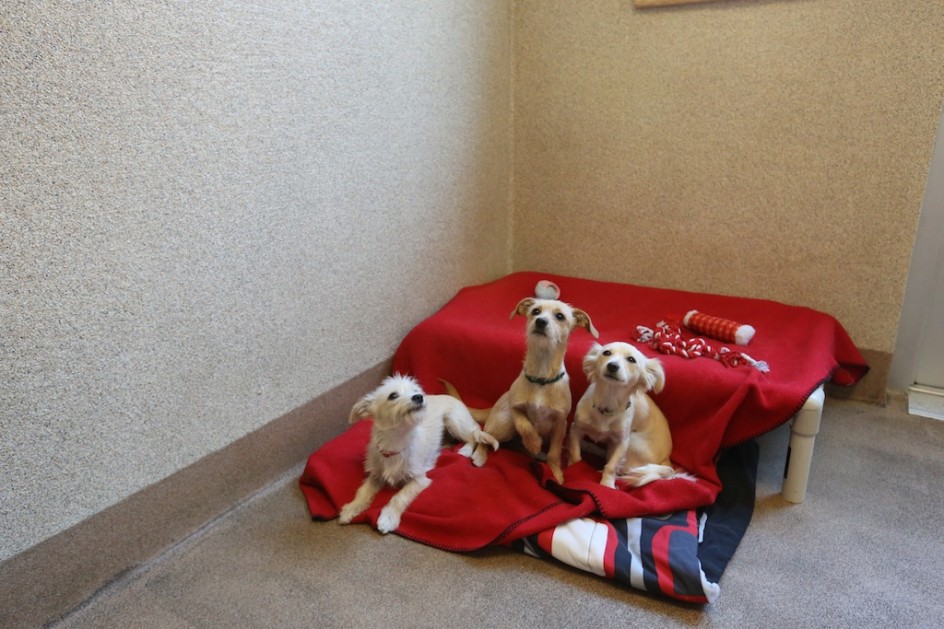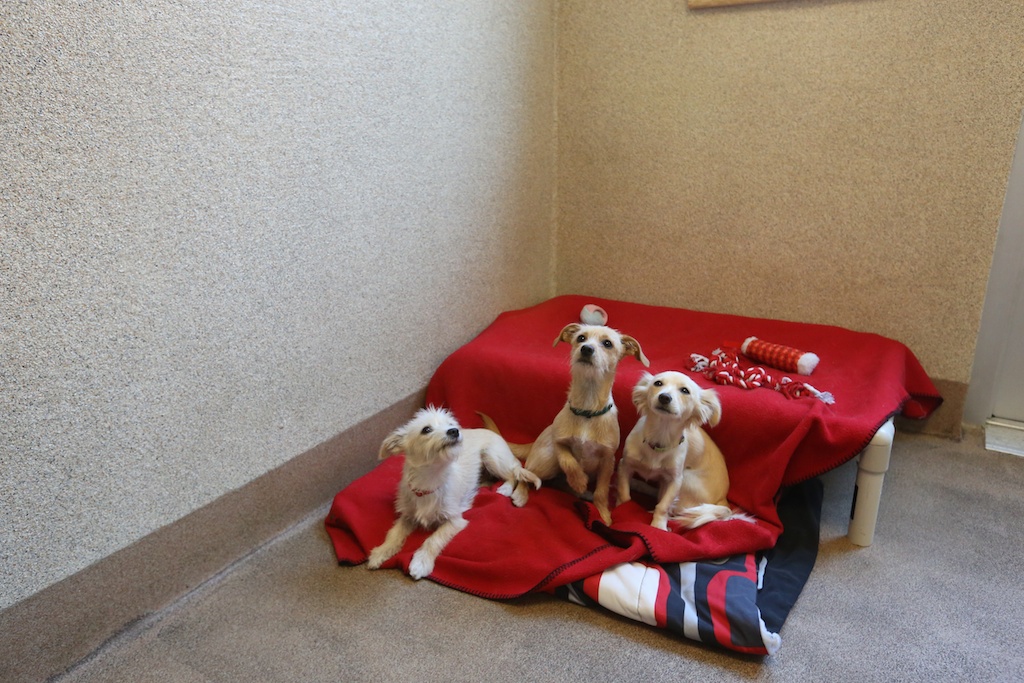
Over the next few days I’ll be writing about the Silicon Valley Humane Society, an interesting place that is re-conceiving the whole idea of the animal shelter. On my book tours and speeches I often visit or tour local shelters and talk to the workers there and see the animals. Most are badly underfunded, struggling to hire staff and handle the flood of animals that are unwanted, in trouble, lost, abused or surrendered. Through no fault of the staffs, they are often wrenching. The dogs are aroused by each other, are often barking and the smell of waste and disinfectant is a constant.
One reason I write so much about the need to be careful about acquiring animals is that I see so many who are purchased or taken thoughtlessly and they overwhelm many local shelters, which are often municipally funded. Silicon Valley is a fairly unique place, I met many animal lovers who are both wealthy and eager to give something back to their communities.
So the SVHUS was able to raise more than $25 million over nine years, acquire a substantial piece of property and design a clean, spacious, new kind shelter. Architects and animal experts designed a building that is spacious, clean and attractive. Local students create animal art for the walls. The shelter is brightly lit and colorful. The shelter is always seeking to broaden itself, it is a community animal and education shelter, exploring new ways to save animals, adopt them quickly and creatively and offer them a very different kind of environment. Blue paper blocks the dog’s vision of other animals, so they are calm and quiet, and they are not housed in crates but in small rooms that are almost apartment like. Classical music is piped into the rooms to keep the dogs calm, counselors are available to help people choose dogs, special rooms where families can see the dogs and cats they are interested in – people are required to bring other pets as well.
There is a meditation room for bereavement, a special room and customer service representative where people go to surrender dogs they can’t care for. The medical wing is modern, well-lit and well-equipped.
The shelter has given a lot of thought to the environment in which people and animals up for adoption meet each other – the shelter rooms are quite, they do not smell bad, there is no frantic barking or noise. Potential adopters can meet the dogs in pleasant rooms, there is a gorgeous dog park with artificial grass, toys and agility equipment. The shelter has more than 800 volunteers and a score of intensely interactive programs that bring the facility into contact with their local communities and other shelters. The SVHS has just hired a specialist in shelter veterinary medicine to deal with the very particular medical needs of a shelter – visitors have to wear gloves and hospital booties in many parts of the facility. There are programs to increase spaying and neutering, train dogs, speed up the time animals are in the shelter, to try and educate the public about the responsible care and acquisition of animals, not just their rescue.
The shelter is unique in my experience, a part of it’s success is where it is – some donors have given gifts in excess of a million dollars. The staff is enthusiastic, has very high morale unlike many overwhelmed faciliies.

